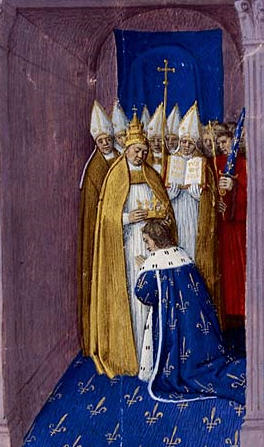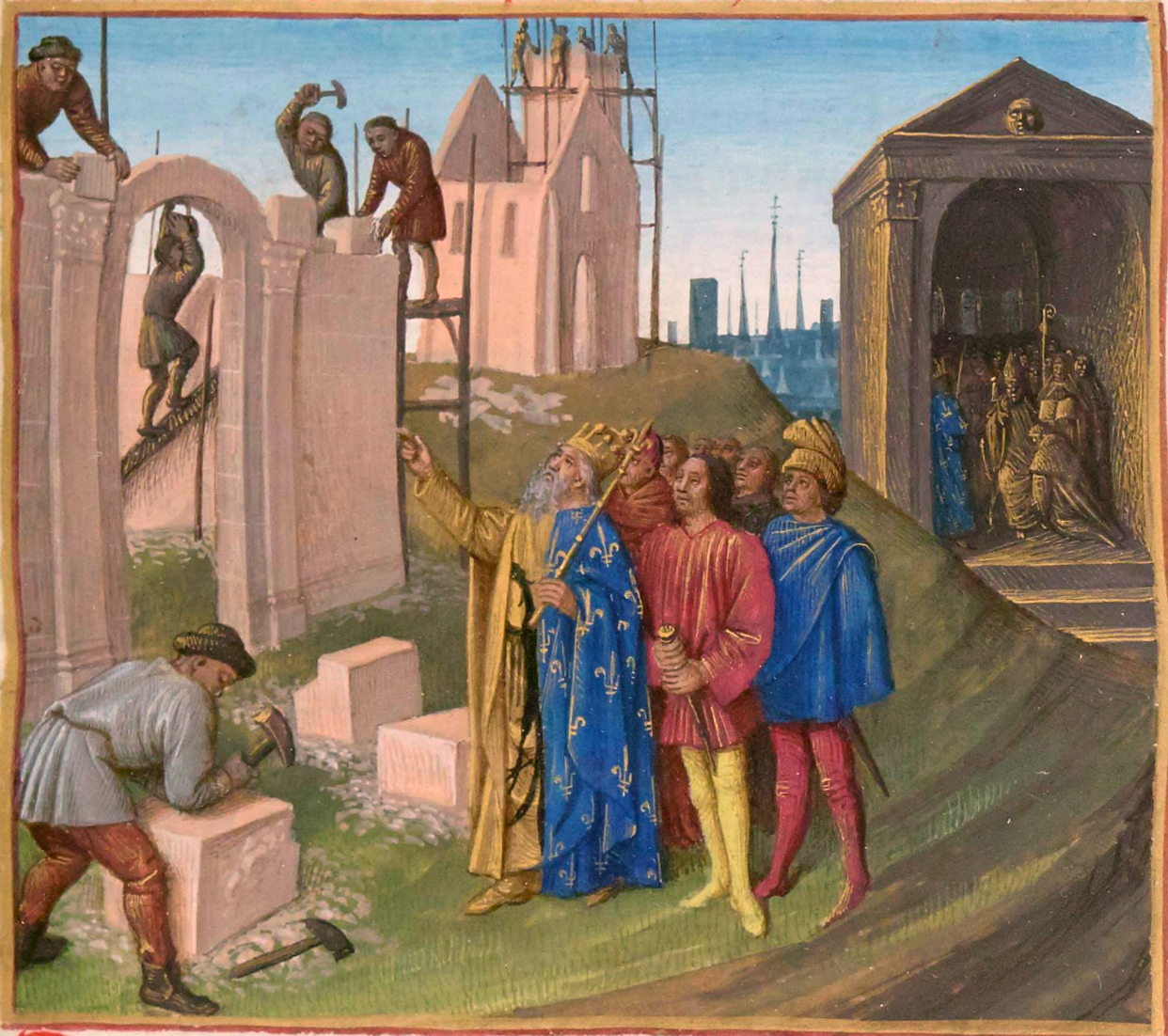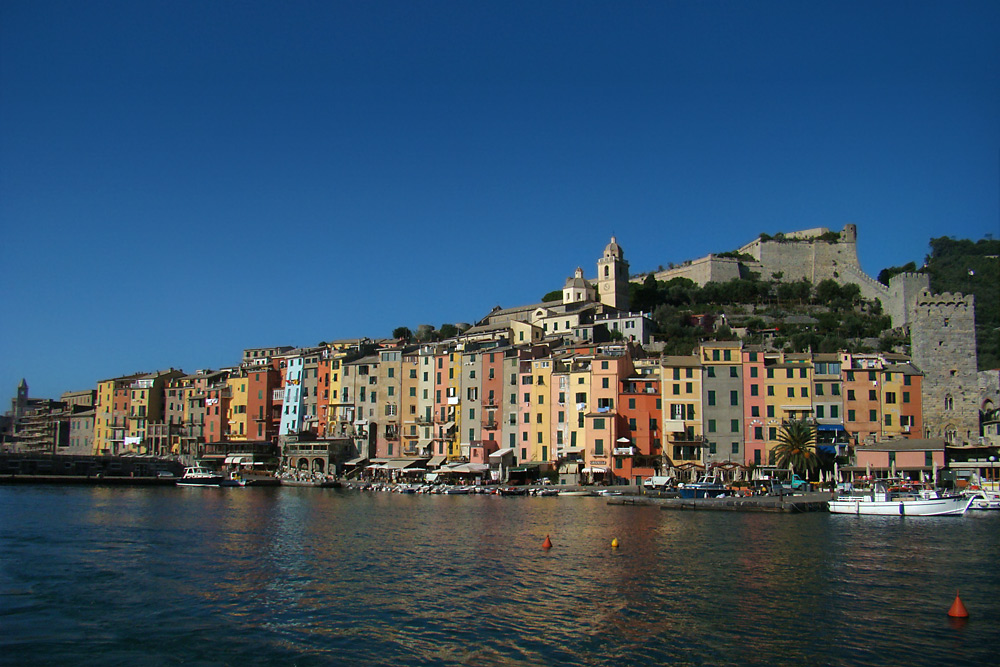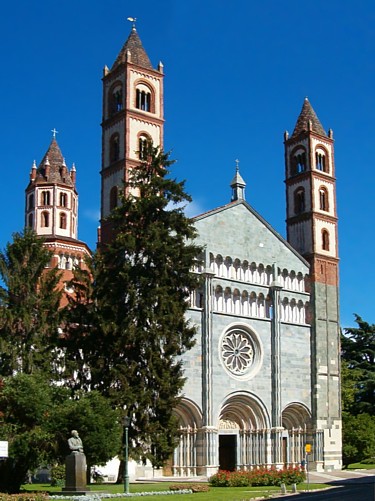|
Abul-Abbas
Abul-Abbas ( – 810) was an Asian elephant brought back to the Carolingian emperor Charlemagne by his diplomat Isaac the Jew. The gift was from the Abbasid caliph Harun al-Rashid and symbolizes the beginning of Abbasid–Carolingian relations. The elephant's name and events from his life are recorded in the Carolingian ''Annales regni Francorum,''''Annales regni francorum'' Anno 801 (, Monumenta Germaniae Historica edition) (Eng. tr. of ''ARB'' = ''Royal Frankish Annals'')The ''Annales regni francorum'' Anno 802 gives "''venit Isaac cum elefanto et ceteris muniberus, quae a rege Persarum missa sunt, et Aquisgrani omnia imperatori detulit; nomen elefanti erat Abul Abaz''". Harun al Rashid is referred to as either the king of the Persians (ibid 801:116 "rex Persarum") or of the Saracenes (ibid 810:113 "''ubi dum aliquot dies moraretur, elefant ille, quem ei Aaron rex Sarracenorum miserat, subita morte periit''" and he is mentioned in Einhard's ''Vita Karoli Magni''. However, no ... [...More Info...] [...Related Items...] OR: [Wikipedia] [Google] [Baidu] |
Isaac The Jew
Isaac the Jew, also known by his Latin name "Isaac Judaeus", (died 836) was an 8th century Frankish Jew who was a favoured diplomat of Carolingian emperor Charlemagne. Isaac also served as an important community leader for the Frankish Jewish community. According to Arthur J. Zuckerman's book '' A Jewish Princedom in Feudal France'', Isaac was a notable member of the House of Exilarchs; however this claim has been criticized by many.Zuckerman, ''Princedom''. pp. 263. (Calmette, De Bernardo) Early life Isaac was born in Narbonne, France. In his adult years, Isaac became a prominent merchant in the Frankish lands, eventually gaining the attention of Charlemagne, who took a liking to the young man. Isaac was first employed by Charlemagne to go to the holy land and bring back precious merchandise, this was greatly successful and strengthened relations between the two men. Embassy to the Abbasid Caliphate In 797 Isaac, along with two other diplomats (Lantfroi and Sigismond ... [...More Info...] [...Related Items...] OR: [Wikipedia] [Google] [Baidu] |
Abbasid–Carolingian Alliance
There was an Abbasid–Carolingian alliance during the 8th and 9th centuries, effected through a series of embassies, rapprochements and combined military operations between the Frankish Carolingian Empire and the Abbasid Caliphate. The alliance is likely to have formed first between Pepin the Short and al-Mansur, and later to have continued under Charlemagne and Harun al-Rashid. These contacts followed the intense conflict between the Carolingians and the Emirate of Córdoba, marked by the Battle of Tours in 732, and were aimed at establishing a counter-alliance with the 'faraway' Abbasid Empire based in the Near East. Slightly later, another Carolingian-Abbasid alliance was attempted in a conflict against the Byzantine Empire. Primary sources Direct evidence for Abbasid–Carolingian diplomacy comes almost entirely from Frankish (Latin) sources. These are mostly contemporary or nearly so. Especially important are the quasi-official ''Royal Frankish Annals'', Einhard's ''Vita ... [...More Info...] [...Related Items...] OR: [Wikipedia] [Google] [Baidu] |
Charlemagne
Charlemagne ( ; 2 April 748 – 28 January 814) was List of Frankish kings, King of the Franks from 768, List of kings of the Lombards, King of the Lombards from 774, and Holy Roman Emperor, Emperor of what is now known as the Carolingian Empire from 800, holding these titles until his death in 814. He united most of Western Europe, Western and Central Europe, and was the first recognised emperor to rule from the west after the fall of the Western Roman Empire approximately three centuries earlier. Charlemagne's reign was marked by political and social changes that had lasting influence on Europe throughout the Middle Ages. A member of the Frankish Carolingian dynasty, Charlemagne was the eldest son of Pepin the Short and Bertrada of Laon. With his brother, Carloman I, he became king of the Franks in 768 following Pepin's death and became the sole ruler three years later. Charlemagne continued his father's policy of protecting the papacy and became its chief defender, remo ... [...More Info...] [...Related Items...] OR: [Wikipedia] [Google] [Baidu] |
Annales Regni Francorum
The ''Royal Frankish Annals'' (Latin: ''Annales regni Francorum''), also called the ''Annales Laurissenses maiores'' ('Greater Lorsch Annals'), are a series of annals composed in Latin in Carolingian Francia, recording year-by-year the state of the monarchy from 741 (the death of Charles Martel) to 829 (the beginning of the crisis of Louis the Pious). Their authorship is unknown, though Wilhelm von Giesebrecht suggested that Arno of Salzburg was the author of an early section surviving in the copy at Lorsch Abbey. The Annals are believed to have been composed in successive sections by different authors, and then compiled.Scholz “Introduction” ''Carolingian Chronicles'' p. 5 The depth of knowledge regarding court affairs suggests that the annals were written by persons close to the king, and their initial reluctance to comment on Frankish defeats betrays an official design for use as Carolingian propaganda. Though the information contained within is heavily influenced by ... [...More Info...] [...Related Items...] OR: [Wikipedia] [Google] [Baidu] |
Harun Al-Rashid
Abū Jaʿfar Hārūn ibn Muḥammad ar-Rāshīd (), or simply Hārūn ibn al-Mahdī (; or 766 – 24 March 809), famously known as Hārūn al-Rāshīd (), was the fifth Abbasid caliph of the Abbasid Caliphate, reigning from September 786 until his death in March 809. His reign is traditionally regarded to be the beginning of the Islamic Golden Age. His epithet ''al-Rashid'' translates to "the Just", "the Upright", or "the Rightly-Guided". Harun established the legendary library Bayt al-Hikma ("House of Wisdom") in Baghdad in present-day Iraq, and during his rule Baghdad began to flourish as a world center of knowledge, culture and trade. During his rule, the family of Barmakids, which played a deciding role in establishing the Abbasid Caliphate, declined gradually. In 796, he moved his court and government to Raqqa in present-day Syria. Domestically, Harun pursued policies similar to those of his father Al-Mahdi. He released many of the Umayyads and 'Alids his brother Al ... [...More Info...] [...Related Items...] OR: [Wikipedia] [Google] [Baidu] |
Aachen
Aachen is the List of cities in North Rhine-Westphalia by population, 13th-largest city in North Rhine-Westphalia and the List of cities in Germany by population, 27th-largest city of Germany, with around 261,000 inhabitants. Aachen is located at the northern foothills of the High Fens and the Eifel Mountains. It sits on the Wurm (Rur), Wurm River, a tributary of the Rur (river), Rur, and together with Mönchengladbach, it is the only larger German city in the drainage basin of the Meuse. It is the westernmost larger city in Germany, lying approximately west of Cologne and Bonn, directly bordering Belgium in the southwest, and the Netherlands in the northwest. The city lies in the Meuse–Rhine Euroregion and is the seat of the Aachen (district), district of Aachen ''(Städteregion Aachen)''. The once Celts, Celtic settlement was equipped with several in the course of colonization by Roman people, Roman pioneers settling at the warm Aachen thermal springs around the 1st cen ... [...More Info...] [...Related Items...] OR: [Wikipedia] [Google] [Baidu] |
Carthage
Carthage was an ancient city in Northern Africa, on the eastern side of the Lake of Tunis in what is now Tunisia. Carthage was one of the most important trading hubs of the Ancient Mediterranean and one of the most affluent cities of the classical world. It became the capital city of the civilization of Ancient Carthage and later Roman Carthage. The city developed from a Phoenician colony into the capital of a Punic people, Punic empire which dominated large parts of the Southwest Mediterranean during the first millennium BC. The legendary Queen Elissa, Alyssa or Dido, originally from Tyre, Lebanon, Tyre, is regarded as the founder of the city, though her historicity has been questioned. In the myth, Dido asked for land from a local tribe, which told her that she could get as much land as an oxhide could cover. She cut the oxhide into strips and laid out the perimeter of the new city. As Carthage prospered at home, the polity sent colonists abroad as well as magistrates to rule t ... [...More Info...] [...Related Items...] OR: [Wikipedia] [Google] [Baidu] |
Tunisia
Tunisia, officially the Republic of Tunisia, is a country in the Maghreb region of North Africa. It is bordered by Algeria to the west and southwest, Libya to the southeast, and the Mediterranean Sea to the north and east. Tunisia also shares maritime borders with Italy through the islands of Sicily and Sardinia to the north and Malta to the east. It features the archaeological sites of Carthage dating back to the 9th century BC, as well as the Great Mosque of Kairouan. Known for its ancient architecture, Souks of Tunis, souks, and blue coasts, it covers , and has a population of 12.1 million. It contains the eastern end of the Atlas Mountains and the northern reaches of the Sahara desert; much of its remaining territory is arable land. Its of coastline includes the African conjunction of the western and eastern parts of the Mediterranean Basin. Tunisia is home to Africa's northernmost point, Cape Angela. Located on the northeastern coast, Tunis is the capital and List of cities ... [...More Info...] [...Related Items...] OR: [Wikipedia] [Google] [Baidu] |
Mediterranean Sea
The Mediterranean Sea ( ) is a sea connected to the Atlantic Ocean, surrounded by the Mediterranean basin and almost completely enclosed by land: on the east by the Levant in West Asia, on the north by Anatolia in West Asia and Southern Europe, on the south by North Africa, and on the west almost by the Morocco–Spain border. The Mediterranean Sea covers an area of about , representing 0.7% of the global ocean surface, but its connection to the Atlantic via the Strait of Gibraltar—the narrow strait that connects the Atlantic Ocean to the Mediterranean Sea and separates the Iberian Peninsula in Europe from Morocco in Africa—is only wide. Geological evidence indicates that around 5.9 million years ago, the Mediterranean was cut off from the Atlantic and was partly or completely desiccation, desiccated over a period of some 600,000 years during the Messinian salinity crisis before being refilled by the Zanclean flood about 5.3 million years ago. The sea was an important ... [...More Info...] [...Related Items...] OR: [Wikipedia] [Google] [Baidu] |
Kairouan
Kairouan (, ), also spelled El Qayrawān or Kairwan ( , ), is the capital of the Kairouan Governorate in Tunisia and a UNESCO World Heritage Site. The city was founded by the Umayyads around 670, in the period of Caliph Mu'awiya (reigned 661–680); this is when it became an important centre for Sunni Islamic scholarship and Quranic learning, attracting Muslims from various parts of the world. The Mosque of Uqba is situated in the city.Europa Publications "General Survey: Holy Places" ''The Middle East and North Africa 2003'', p. 147. Routledge, 2003. . "The city is regarded as a holy place for Muslims." Etymology The name ( ''al-Qayrawān'') is an Arabic word meaning "military group" or "caravan", borrowed early on from the Middle Persian word ''kārawān'' (modern Persian ''kârvân''), meaning "military column" (''kâr'' "people/military" + ''vân'' "outpost") or " caravan" (see caravanserai). In Berber, the city used to be called ''Tikirwan'', thought to be an adaptatio ... [...More Info...] [...Related Items...] OR: [Wikipedia] [Google] [Baidu] |
Porto Venere
Porto Venere (; until 1991 ''Portovenere''; ) is a town and ''comune'' (municipality) located on the Ligurian coast of Italy in the province of La Spezia. It comprises the three villages of Fezzano, Le Grazie and Porto Venere, and the three islands of Palmaria (island), Palmaria, Tino (island), Tino and Tinetto. In 1997 Porto Venere and the villages of Cinque Terre were designated by UNESCO as a Unesco World Heritage, World Heritage Site. History The ancient ''Portus Veneris'' is believed to date back to at least the middle of the 1st century BC. It has been said that the name refers to a temple to the goddess Venus (mythology), Venus which was sited on the promontory where the church of Peter the Apostle now stands. The name has also been linked to that of the hermit Venerius the Hermit, Saint Venerius. In Roman times the city was essentially a fishing community. After the fall of the Western Roman Empire, Porto Venere became the base of the Byzantine fleet in the norther ... [...More Info...] [...Related Items...] OR: [Wikipedia] [Google] [Baidu] |
Vercelli
Vercelli (; ) is a city and ''comune'' of 46,552 inhabitants (January 1, 2017) in the Province of Vercelli, Piedmont, northern Italy. One of the oldest urban sites in northern Italy, it was founded, according to most historians, around 600 BC. The city is situated on the Sesia River in the Pianura padana, plain of the Po River between Milan and Turin. It is an important centre for the cultivation of rice and is surrounded by rice paddies, which are flooded in the summer. The climate is typical of the Po Valley with cold, foggy winters ( in January) and oppressive heat during the summer months ( in July). Rainfall is most prevalent during the spring and autumn; thunderstorms are common in the summer. The languages spoken in Vercelli are Italian language, Italian and Piedmontese language, Piedmontese; the variety of Piedmontese native to the city is called ''Varsleis''. The world's first university funded by public money was established in Vercelli in 1228 (the seventh universit ... [...More Info...] [...Related Items...] OR: [Wikipedia] [Google] [Baidu] |









